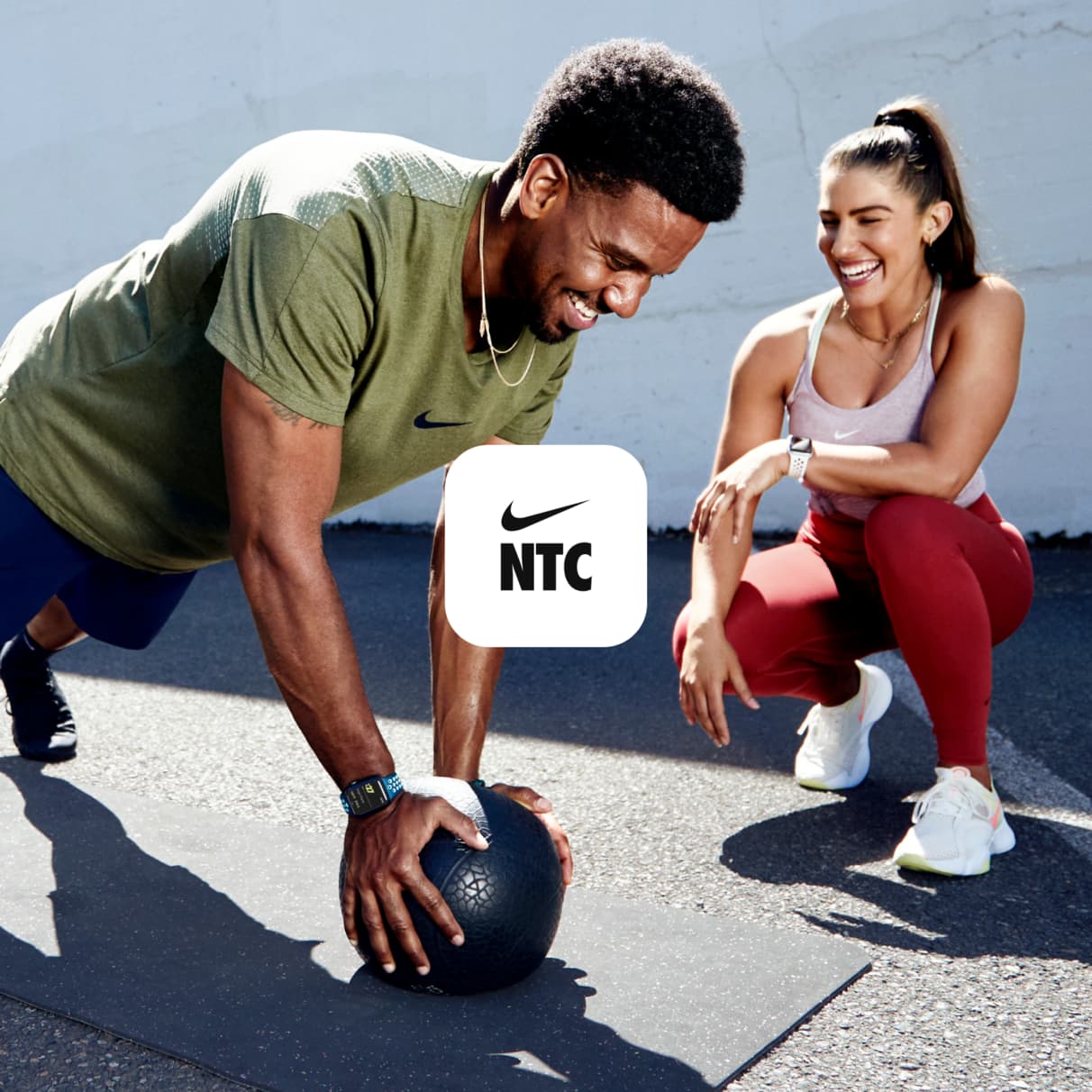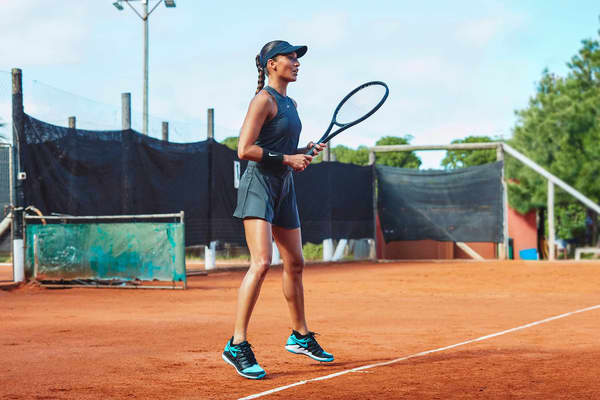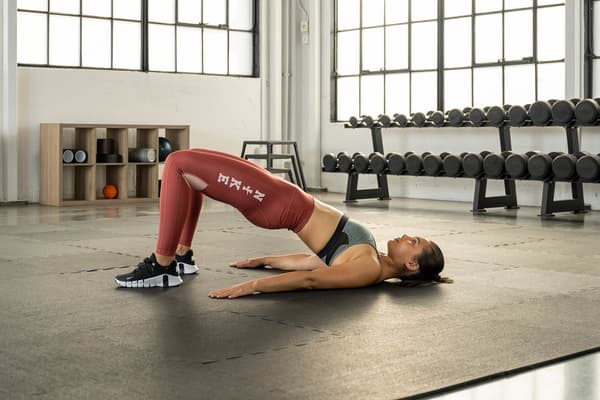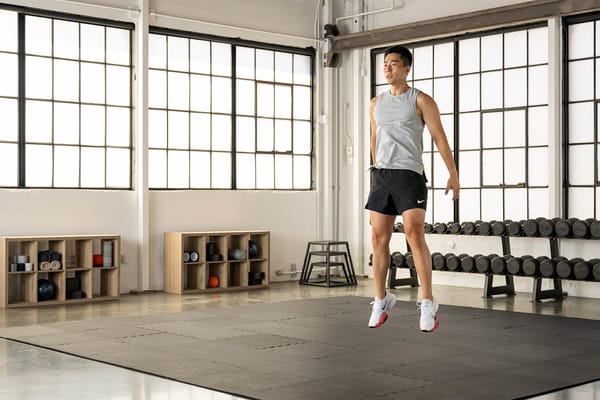Coach-approved Tips To Improve Your Tennis Forehand
Sport & Activity
Mastering this stroke is a sure-fire way to elevate your game.

Improving your tennis forehand is a simple way to elevate your skills on the court.
"After the serve, the forehand is arguably the most important shot in tennis", said Michael Sowter, director of tennis and head women's tennis coach at Fordham University.
The forehand is a stroke in which the hand holding the tennis racket faces forwards. It's an essential technique for returning an opponent's shot with power and control.
"The good news is that the forehand is also one of the easiest shots to master", said Kacper Owsian, a former professional tennis player. And, there's no shortage of acceptable forehand styles.
That said, the forehand can generally be broken down into three phases:
1. Unit Turn. This is the first step in preparing to hit the forehand. As the United States Tennis Association points out, it's helpful to think of your hips and upper body as one unit when you turn. It involves taking a split step and turning the upper body and racket in unison.
2. Backswing. Once the body and racket turn, the arm continues to move the racket backwards in a loop or "C" shape. This is called the backswing.
3. Follow-through. The arm extends the racket towards the ball and across the body to follow through. That is, to complete the swing.
"Traditionally, the follow-through was always taught over the shoulder, but you see a lot more variations in the modern game", Sowter said.
Nail these phases to level up your game. For more guidance, check out these tips from tennis coaches to improve your tennis forehand.
1.Focus On Your Grip
Understanding how to grip the racket is essential for a solid forehand swing. How and where you grip the racket will ultimately determine the speed and path of your swing, Sowter said. Your grip affects how powerfully you strike the ball and in which direction it goes.
There are different forehand grip positions you can try, and each has pros and cons. Experiment with all of them to see if one feels better than the others.
To practise the different grips, you should be familiar with the bevels of your tennis racket.
Every tennis racket handle has eight sides, which are known as bevels. Look at the bottom of your racket handle to see the bevels numbered. Bevel one is the top bevel when the racket blade is perpendicular to the floor. The bevels are then numbered clockwise if you're right-handed and anti-clockwise if you're left-handed. So, if you're right-handed, turn the handle clockwise, and bevel two will face up. If you're left-handed, turn the handle anti-clockwise to get bevel two.
- Continental Grip. It's also known as the "chopper grip" because it looks like you're gripping an axe. To do it, place the palm side of your index finger's bottom knuckle against the second bevel if you're right-handed or the eighth bevel if you're left-handed. Position the butt of the racket at the base of your palm and wrap your fingers around the handle.
- Eastern Grip. The Eastern grip is easier to learn and good for quick grip changes, but it has less topspin (a fast-forward spinning motion that causes a ball to rotate forward when struck) than other grip variations. Take the Eastern grip by resting the palm side of your index finger's bottom knuckle against the third bevel if you're right-handed or the seventh bevel if you're left-handed. Position the butt of the racket at the base of your palm and wrap your fingers around the handle.
- Semi-Western Grip. The Semi-Western grip can feel awkward at first, but it can generate more topspin than other grips. Do it by placing the palm side of your index finger's bottom knuckle against the fourth bevel if you're right-handed or the sixth bevel if you're left-handed. Position the butt of the racket at the base of your palm and wrap your fingers around the handle.
- Western Grip. The Western grip enables you to generate maximum topspin. However, it's difficult for beginners to learn. To take a Western grip, place the palm side of your index finger's bottom knuckle against the fifth bevel if you're right- or left-handed. Position the butt of the racket at the base of your palm and wrap your fingers around the handle.
- Continental Grip. It's also known as the "chopper grip" because it looks like you're gripping an axe. To do it, place the palm side of your index finger's bottom knuckle against the second bevel if you're right-handed or the eighth bevel if you're left-handed. Position the butt of the racket at the base of your palm and wrap your fingers around the handle.
2.Nail Your Stance
Your stance, or where you position your feet before you hit the ball, is key for generating power with your forehand, said Diana Bukajeva, a tennis instructor at Life Time and former collegiate tennis player at Stetson University.
"Choosing the correct stance is critical to ensure you have proper weight transfer and balance and cover the court more efficiently", she said.
There are four basic stances in tennis: neutral, closed, semi-open and open.
- Neutral Stance. This is a stance type that's often used for forehand, Bukajeva said. To set up, your feet will be perpendicular to the net. It's ideal for short-distance shots and shots you take when approaching the net because you're in an ideal position to step your back foot forwards and into the ball.
- Closed Stance. With a closed stance, both feet turn beyond 90 degrees from the net, with the back foot behind the front foot relative to the hips. This requires some extreme hip rotation to hit the ball and isn't often used for forehand.
- Semi-Open Stance. The semi-open stance is also less common for forehand swing. It places your feet diagonal to the target. For a right-handed player, your left foot will be forwards, both feet angled 45 degrees from the net so your hips are semi-open.
- Open Stance. This is another common forehand stance, Sowter said. It's an athletic position in which the feet are parallel to the net, hips and toes facing forwards. It's helpful for hitting fast incoming tennis balls, high balls and balls that go wide.
- Neutral Stance. This is a stance type that's often used for forehand, Bukajeva said. To set up, your feet will be perpendicular to the net. It's ideal for short-distance shots and shots you take when approaching the net because you're in an ideal position to step your back foot forwards and into the ball.
3.Relax
It's easy to tense up while playing multi-dimensional sports such as tennis.
"You have to think about three to five different things at once that you forget to stop and breathe, and the next thing you know, you're scrunched up like a ball", Sowter said. But you'll improve your forehand if you relax a bit during the swing. "The forehand is a fluid motion, so the looser you can be, the better the result", Sowter said.
Telltale signs of a tense forehand include raising your shoulders, keeping your elbows too close to your body—"what I like to call 'alligator arms'",—and shortening your backswing, Sowter said.
Whether you're practising drills or playing a match, think: shoulders down and away from your ears. Pause between serves to take a deep breath, relax your wrists and shoulders, and refocus, Sowter said. This will help you calm down, which can improve your forehand.
4.Hit Through the Ball
When you take a forehand shot, aim to hit through (aka, follow through) the ball as opposed to stopping once you make contact.
"You've only completed about 50 percent of the stroke when you make contact with the ball", Bukajeva said. Hitting through the ball creates more topspin, guaranteeing the tennis ball flies higher and further over the net.
So, how do you hit through the ball during a forehand?
"A good visual to think of is if you had a string of three tennis balls", Sowter said. "When you make contact, you're not only hitting the first ball, you're hitting the third ball, too".
Once you hit through the ball, end the swing with the racket completely past your shoulder, Owsian said.
5.Rack Up Quality Reps
It's cliché but true: practice makes perfect. Find a partner, ball machine or even a wall (make sure it's solid) and start practising your forehand.
Owsian also recommended shadow swings (swinging without hitting a ball) to beginners. "That drill will allow you to create muscle memory that will help you follow good technique on the court", Owsian said.
He suggested practising shadow swings in front of a mirror so you can pay attention to your technique.
To ensure quality over quantity, find a tennis instructor who can provide feedback on your forehand. "It's great to hit a lot of tennis balls, but if you reinforce poor technique, it will just take longer to improve", Sowter said.
He recommends taking a tennis lesson, a group clinic and doing a match weekly. You'll end up practising your strokes three times per week.
Words by Lauren Bedosky





